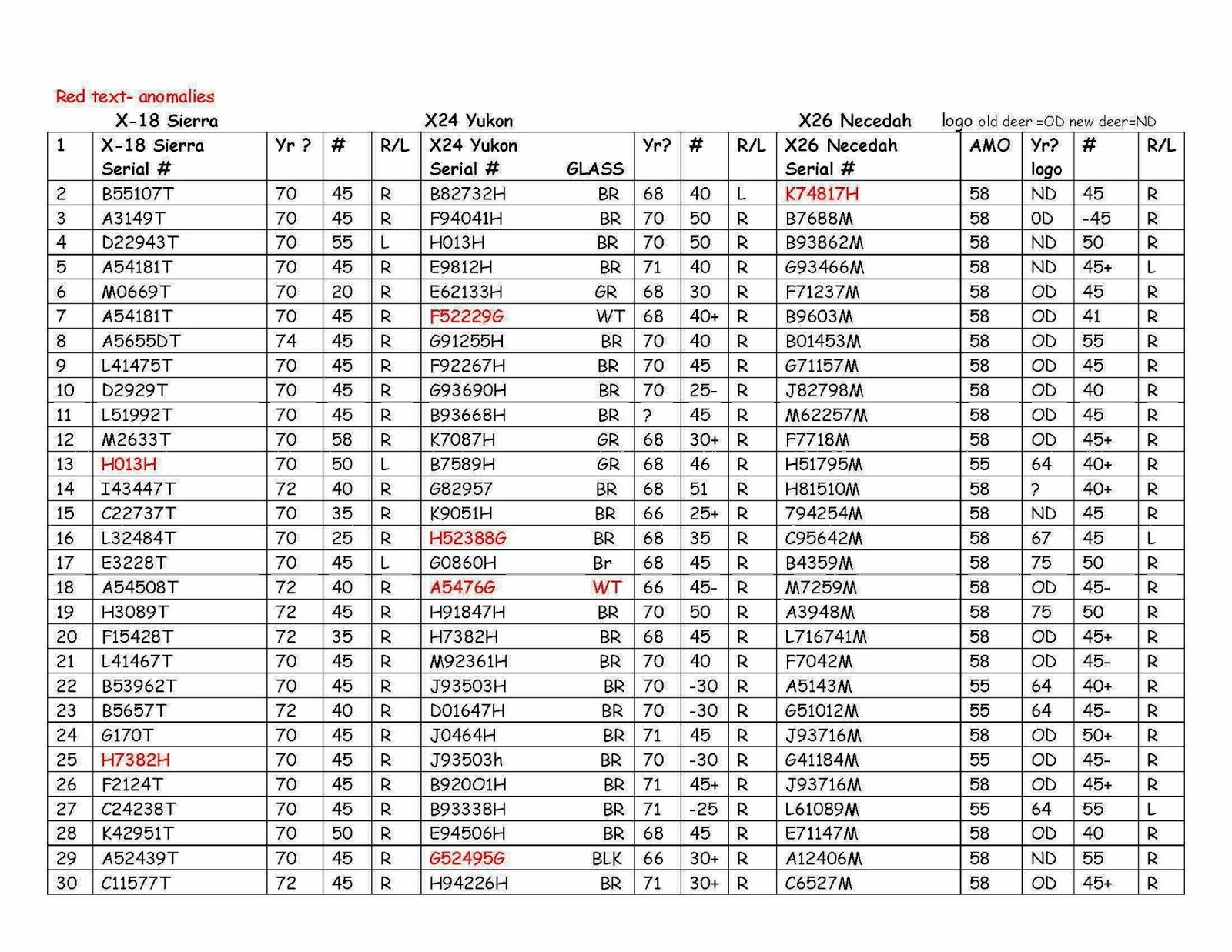

The early steel version is drilled and tapped for scope mounts and the later version has steel inserts press installed for the same purpose.

For the sake of easy writing, let’s call it an aluminum alloy receiver. The receiver on earlier models is steel and on later models is a light weight alloy. I will get into this issue later, but I encourage you not to do it. It can be done at home, but I do not recommend it for the faint at heart. If there is a draw back to the BLR, it is this system, which requires extreme knowledge to remove, replace and time for safe and proper performance. The BLR also has a unique rack and pinion lever system for actuating and moving the bolt and completing the loading/unloading and cocking cycle. I must admit I have never had a problem with finger jams when working a lever action, but it must exist for some. It also has a very smooth short throw lever which incorporates the trigger system into the lever assembly, thereby eliminating finger jams. On the first models, the bolt lugs locked into grooves in the receiver, but the later grooves are part of the barrel. The BLR is a lot like many bolt action rifles because multiple locking lugs on the head of the bolt rotate into the breech end of the receiver/ barrel to create a very strong action.


 0 kommentar(er)
0 kommentar(er)
